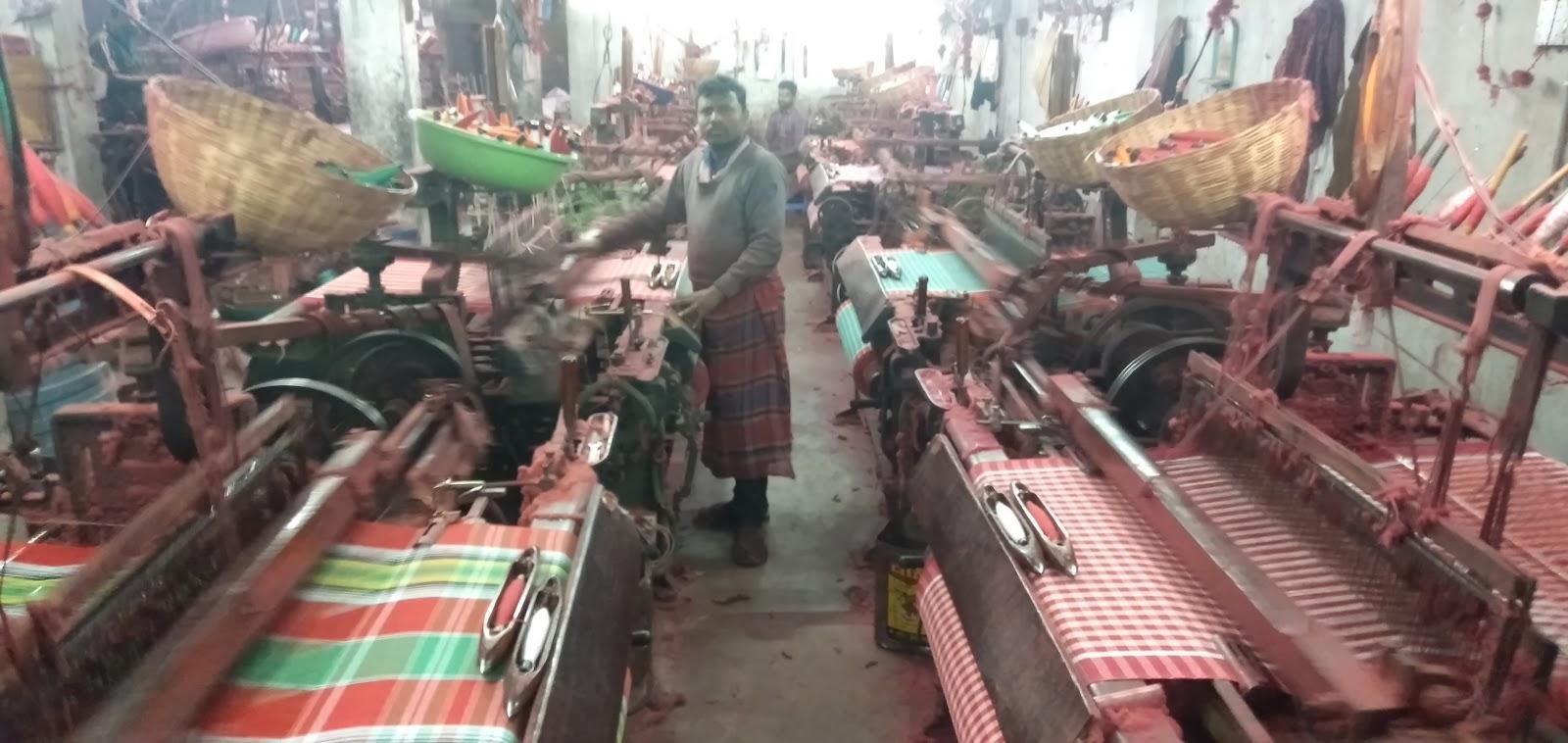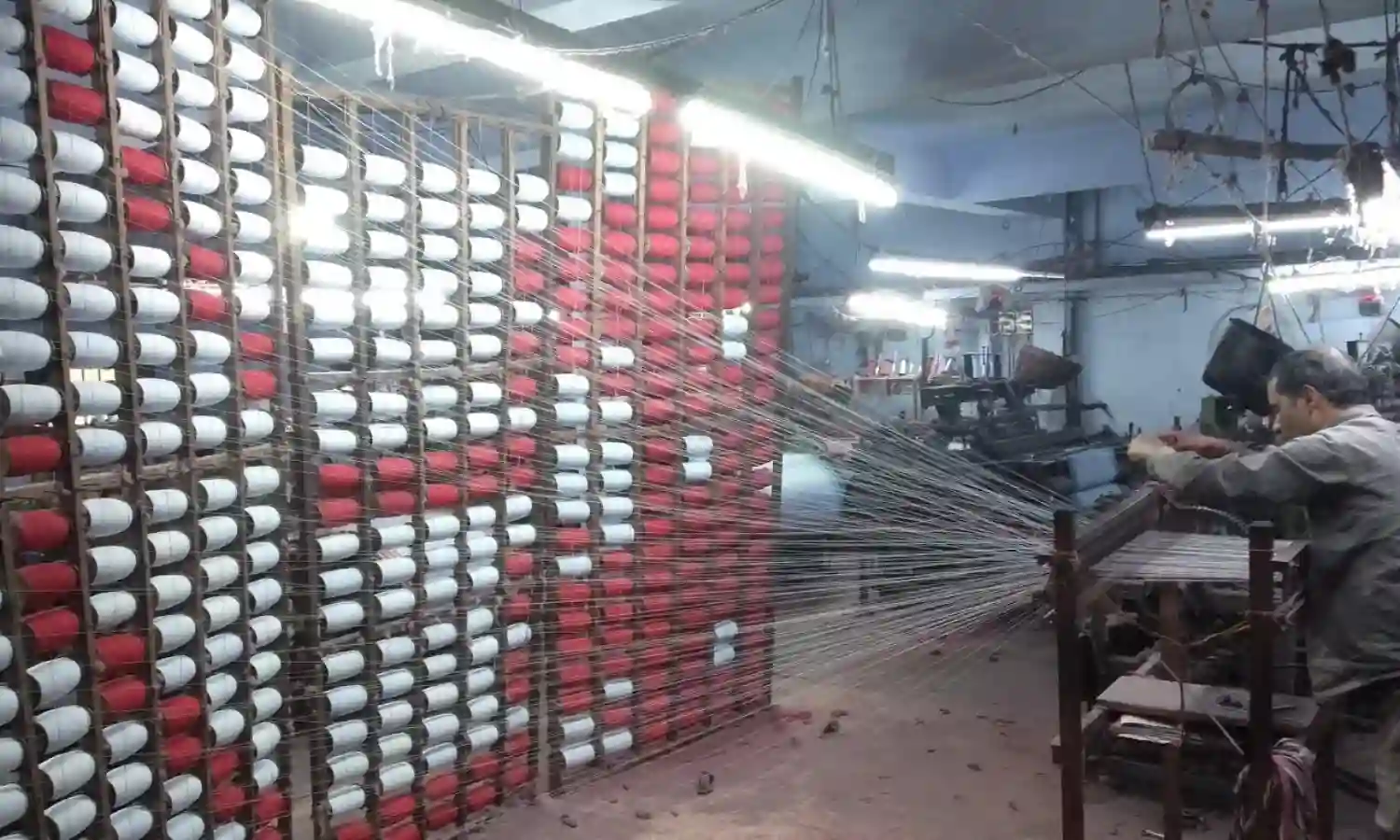The Weavers of Patwa Toli - And their IITian Kids
‘I will continuously move this handloom mill until my death’
GAYA: “Mask ki zaroorat nhi hoti to hamara mill khatam ho jata” – If masks weren’t needed now our mill would have been destroyed, says Jitendra Prasad Patwa, who heads the Patwa Samaj or Weavers Union in Patwa Toli, Bihar.
As the looms of Gaya district fell silent last March when New Delhi imposed a nationwide lockdown, the owners of the handlooms and power looms here were in a grim mood.
Chedan Babu, who has 11 handlooms in his factory along with powerlooms, says there are no skilled workers available to work the handloom machines.
“We were already facing some trouble such as the high price of yarn and unavailability of dyes in the market, and suddenly the lockdown was imposed on the country. The majority of workers in this sector lost their jobs, and started selling vegetables and fruits for their survival,” he tells The Citizen.
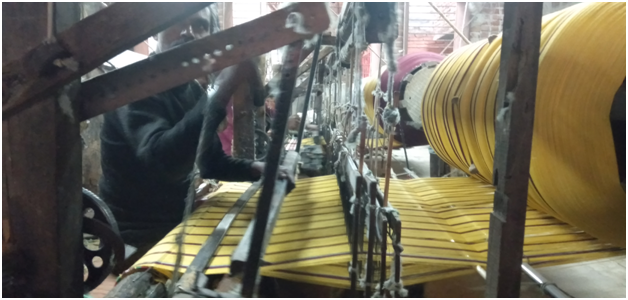
Gaya was once known as the Manchester of Bihar for its large number of weaving communities, but now there are only about 5,000 households whose livelihood depends on the powerloom industry.
At present the 1,500 functional power looms directly provide 35,000 to 45,000 residents of Patwa Toli with a livelihood – in work including dyeing, bleaching, printing and transportation.
Before the lockdown approximately 200,000 gamchas (a traditional towel) were manufactured here each day. These weavers would also create bedsheets for markets in Odisha, Uttar Pradesh and West Bengal.
Since the lockdown production of these goods has come to a complete halt. Moreover the supply of yarn got stopped, and all consignments of gamchas on their way to Odisha and West Bengal got stuck in the stoppage of goods trucks.
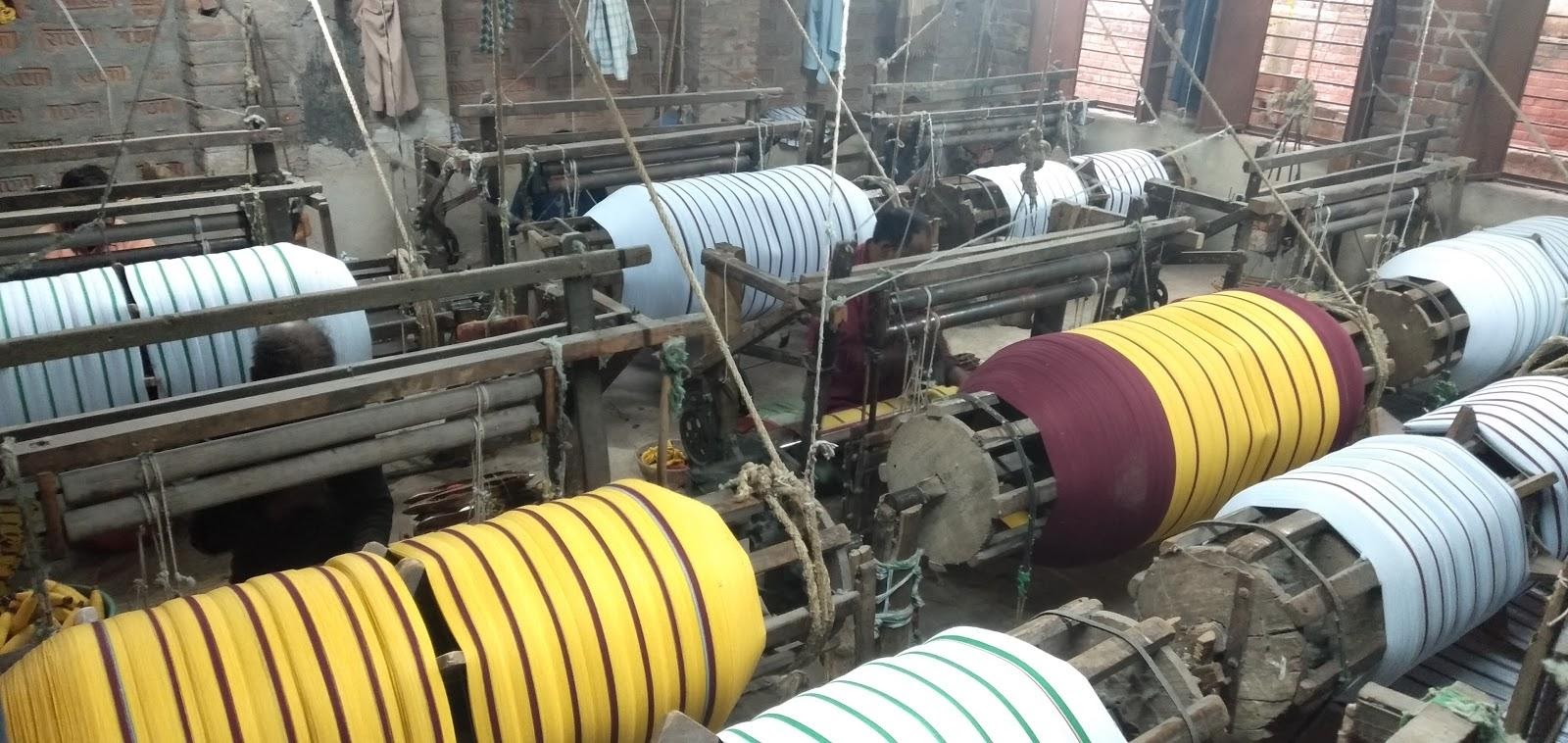
Some good news followed soon after, as the huge demand for masks across the country led to ramped up production. An order issued by the Union Ministry of Home Affairs allowed power looms and handlooms in the state to operate if they strictly observed the rules laid down by the local administration.
Weavers could only work for a single shift, which was eventually expanded to both shifts in the morning and evening. According to Jitendra Prasad, all the workers who had returned to their hometowns and villages after the lockdown, returned to Gaya.
But this is only part of the story.
Some 1,200 handlooms functioned here a decade ago but now only 70-80 handlooms are available. “There is no skilled worker for handlooms any more. And the productivity of handlooms is very low compared to power looms. Therefore, the handloom culture is reducing day by day,” Jitendra Prasad explains.
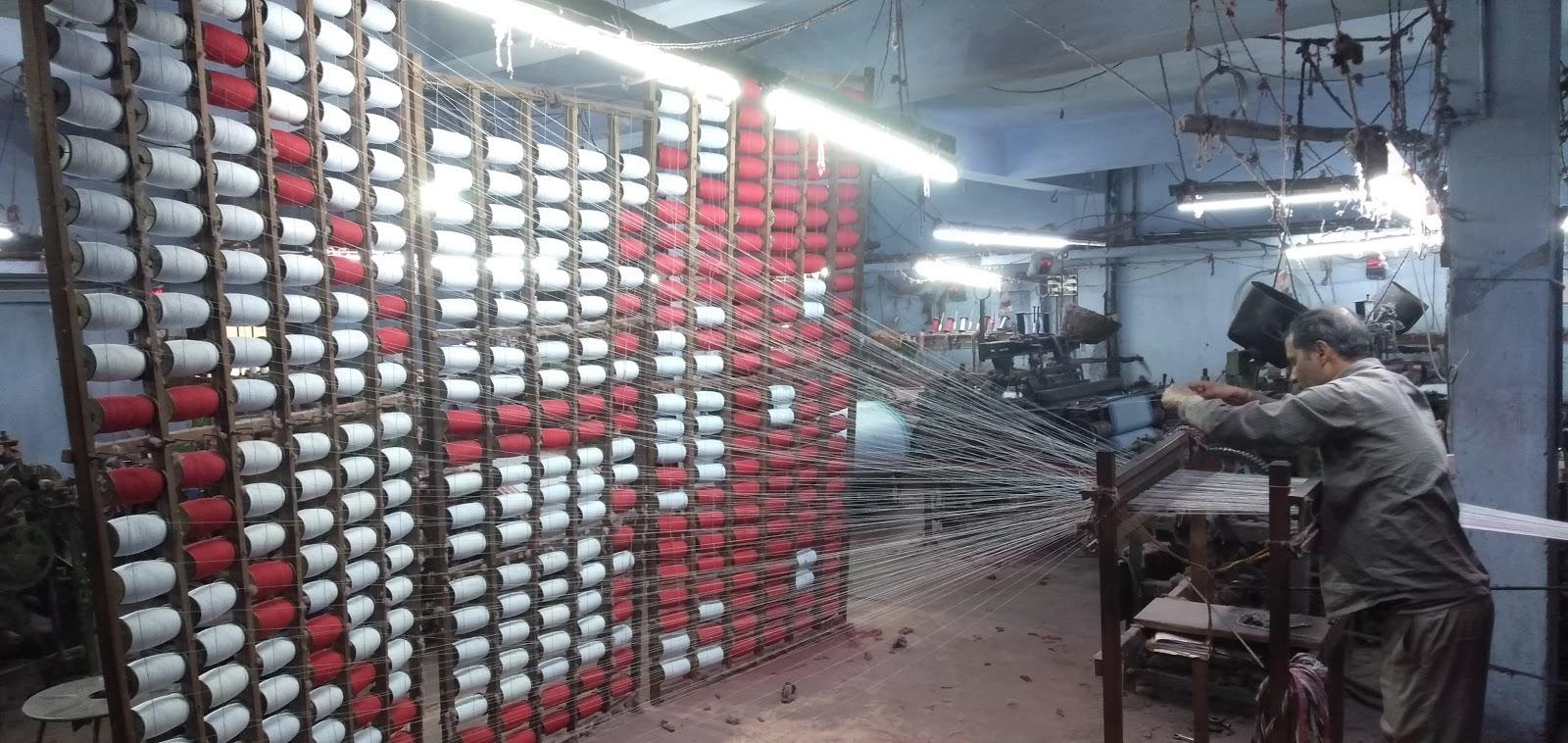
I ask Talkeshwar Prasad, who owns nine handlooms in Patwa Toli, how he has coped with the change. He opened his first handloom mill in 1985 with a single machine, before which he worked on a daily wage at various local mills.
He says his handlooms have grown and survived because the design he creates is superior to what anybody else in Patwa Toli can do.
But he further explains: “Gamchas, saris and dhotis made in handlooms give more profit than power looms if calculated per item of clothing. But due to productivity or efficiency power looms win the race in making money.”
“I will continuously move this handloom mill until my death,” says Talkeshwar Prasad emphatically.
He has three sons, the eldest of whom is a software engineer in Dubai.
Mohammad Abdullah, a 65 year old daily wage worker in Talkeshwar Prasad’s mill, tells The Citizen he is working with handlooms only because there is no other work left for old people like himself.
He says his daily wage income is very low. “I get only 80 rupees per pair of gamcha, and I can produce only two pairs after working nine hours in a day.”
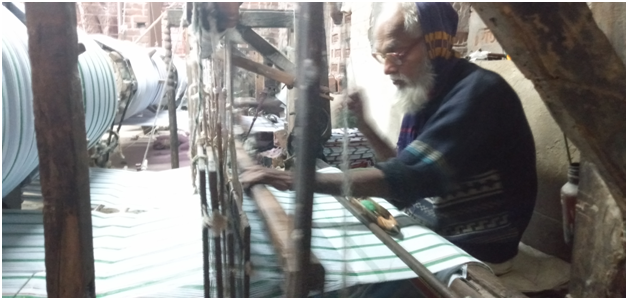
This is on the side of the village where thousands of powerlooms run 18 hours a day.
But Patwa Toli has another side, which has earned it worldwide recognition. Students of the locality amaze the world every year by cracking the IIT entrance examination, one of the toughest entrance examinations in India.
Without any specific facility, studying even as the power looms keep running, an average of 20 students from Patwa Toli get selected for the IITs every year. People call it the IIT factory of Bihar.
“Behind all this,” says Jitendra Prasad, “there are the women who support their children by working very hard everyday.”
Women also play an important role in the production of clothes. “The ladies of our homes wake up at 3 am to drench the yarn with rice water.”
This is because the yarn must be dried within the day, and hardened by soaking it in jaari, a mix of rice flour and starch. It is women’s work, the weaver explains.
